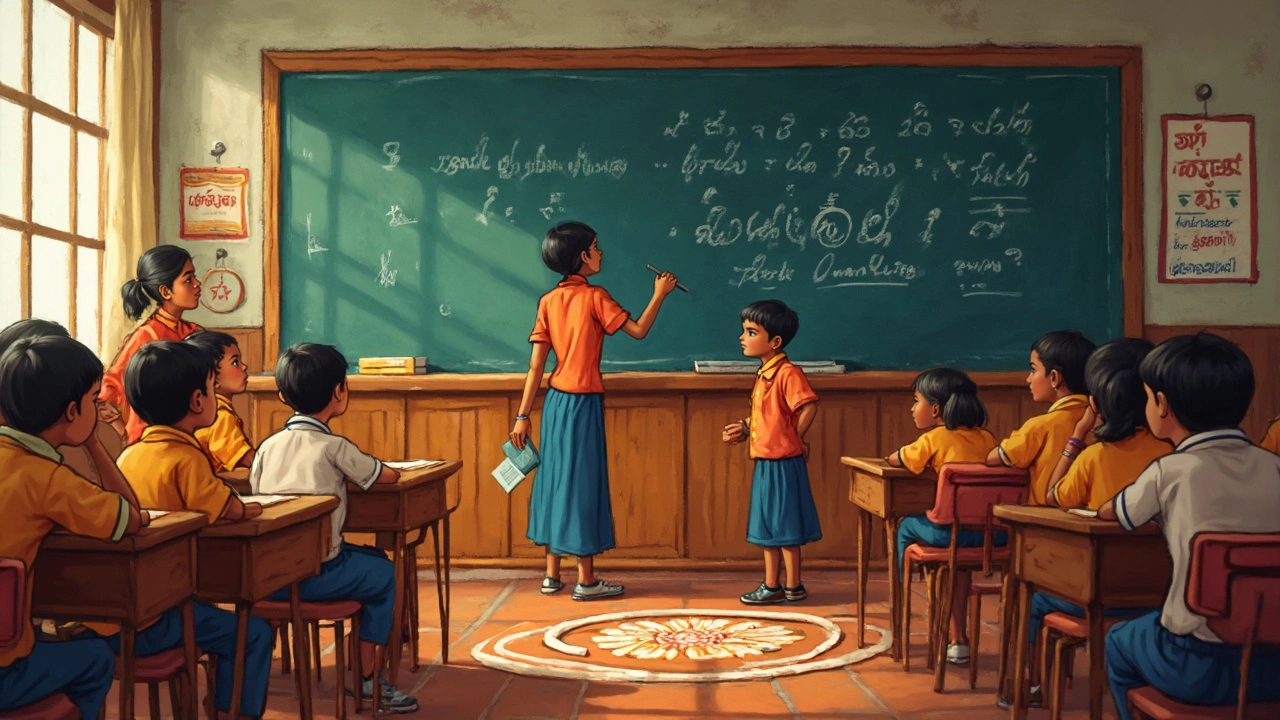Gender Perspectives in Indian Culture – Quotes, Poems & Articles
Gender shapes how we see ourselves, interact with others, and move through daily life. On this page you’ll find a mix of short quotes, heartfelt poems and practical articles that talk about gender in a way that feels real and useful. Whether you’re looking for a quick boost of motivation or a deeper look at gender roles in Indian traditions, the collection below has something to click with you.
Everyday Gender Wisdom from Quotes
Quotes are tiny power packs. A line about respect, equality or love can change the way you think about gender in a single read. For example, some of the quotes featured here challenge stereotypes by reminding us that strength isn’t tied to a specific gender. Others celebrate the balance that comes when men and women support each other’s goals. Scan the list, pick the one that feels right, and you’ll have a ready‑to‑share reminder for social media or a personal note.
Poetry & Stories on Gender Roles
Poetry lets us feel the nuances of gender that plain facts often miss. In this selection you’ll find verses that explore what it means to be a girl learning a classical dance, a boy discovering his voice in music, or a couple navigating love across traditional expectations. The poems don’t preach; they simply show moments we can all recognize – a mother’s hope, a father’s pride, a lover’s patience. Reading them can spark conversations at home or with friends about how gender expectations affect everyday choices.
Beyond the creative pieces, the page also hosts practical guides. If you’re wondering how to greet someone respectfully in different Indian regions, the “How to Say Hi in India?” article gives you clear steps that respect both gender and cultural norms. And for those looking to express love in a gender‑sensitive way, the “How to Express Love” guide breaks down scripts that work for any partner, regardless of their gender identity.
Food and festivals often hold hidden gender messages. The story about Gujarat’s national food, dhokla, mentions how cooking roles differ in families and how those roles are changing today. Similarly, the piece on the Pushkar Camel Fair touches on how women are taking more visible positions in organizing the event, challenging old assumptions.
If you enjoy dance, the “Best Dance Forms for Girls” article isn’t just a list – it explains why certain styles boost confidence and how society’s perception of women in dance is evolving. Meanwhile, the “Texas Two-Step” write‑up, though about a Western dance, offers a quick look at how partner dances teach equality through shared lead‑follow dynamics.
Even topics that seem unrelated at first, like climate extremes or art authentication, mention gender indirectly – for instance, noting how women artists are gaining recognition in Indian folk music or how climate‑related jobs are opening new opportunities for women in rural areas. These connections help you see gender as a thread woven through all aspects of life.
Use this tag page as a quick reference menu. Click on the titles that match your curiosity, read the bite‑size pieces, and keep a note of any line or idea that resonates. Over time you’ll build a personal library of gender‑aware insights that you can share, teach, or simply reflect on when you need a fresh perspective.
Remember, exploring gender isn’t about checking boxes; it’s about understanding the lived experiences behind each story, quote, or poem. Let these pieces guide you toward more balanced conversations and a deeper respect for the diverse ways gender shows up in Indian society today.
